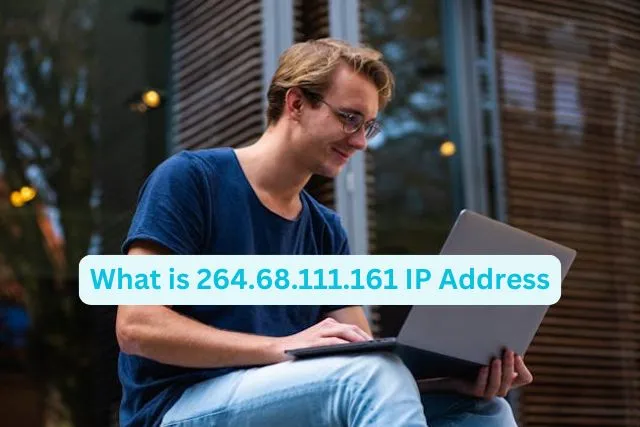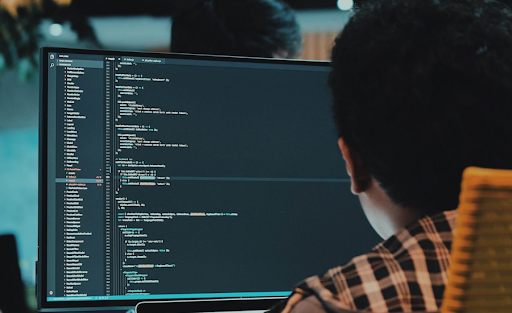Understanding 264.68.111.161: A Non-Existent IP Address with Real Lessons
What Is 264.68.111.161?
At first glance, 264.68.111.161 looks like a standard IP address — four numbers separated by periods. However, one critical issue stands out: the first segment, 264, is invalid. In the IPv4 system, each octet (the numbers between the dots) must range from 0 to 255. Since 264 exceeds that limit, this sequence cannot represent a valid IPv4 address.
So why does it matter? Even though 264.68.111.161 cannot be used as an actual digital address on the internet, exploring its structure can help us uncover essential truths about how networking, security, and data routing operate behind the scenes.
The Rules of IPv4 Explained
IPv4, or Internet Protocol version 4, is the backbone of the internet. It assigns unique identifiers to every device connected online. An IPv4 address is made up of four numbers, known as octets, ranging from 0 to 255, joined by periods.
For example, an address like 192.168.0.1 is perfectly valid. However, if any of those numbers exceeds 255 — as 264.68.111.161 does — it becomes structurally invalid. The system simply won’t recognize or route it.
Why Even Talk About an Invalid IP Like 264.68.111.161?
Great question. There are a few key reasons this type of “fake” address still matters in understanding digital systems:
1. Teaching Tool for Network Fundamentals
Using an intentionally incorrect address like 264.68.111.161 is a powerful way to help beginners learn about proper IP formatting. It helps demonstrate the importance of following protocol guidelines in a tangible, easy-to-understand way.
2. Cybersecurity and Honeypots
In the cybersecurity world, invalid or fake IPs are sometimes used to mislead attackers, create traps (honeypots), or mask real server configurations. While 264.68.111.161 can’t be resolved, its mere presence in system logs might throw off less sophisticated bots or scrapers.
3. Software and System Testing
Invalid IPs such as 264.68.111.161 are occasionally used in test environments to simulate error responses. When software developers build applications that interact with networks, testing against invalid formats helps ensure stability and error handling.
The Importance of Address Validation
When a system receives an address like 264.68.111.161, it should immediately trigger a validation error. That’s because network protocols are very strict — and for good reason. If invalid addresses were allowed to flow unchecked, data might be sent nowhere or, worse, to the wrong place.
For developers, learning how to validate and sanitize inputs is key. Accepting something like 264.68.111.161 without checks could open doors to system exploits or malfunctions.
Could 264.68.111.161 Ever Become Valid?
Not under the current IPv4 standard. The protocol simply doesn’t allow any segment above 255. Even if a newer protocol were invented in the future, it would likely have a completely different structure rather than adapting the current broken one.
What About IPv6?
IPv6 is the newer internet protocol meant to replace IPv4. It uses hexadecimal numbers and colons, such as: 2001:0db8:85a3:0000:0000:8a2e:0370:7334.
In this system, 264.68.111.161 has no place. It doesn’t translate over, nor is it a valid IPv6 format. So no matter how you look at it, this string remains a misfit — but an educational one.
Real-Life Uses for Fake IPs
While 264.68.111.161 won’t help you get online, there are practical uses for placeholder or fake IPs:
- Training environments: Used to teach new IT professionals.
- Documentation: Sometimes examples include non-functional IPs to prevent accidental pings or server contact.
- Fiction and storytelling: Writers or film producers use them to add realistic-looking but harmless data.
Similar Invalid IP Examples
There are countless other examples like 264.68.111.161 that look real but aren’t:
- 300.22.1.1 – Too high in the first octet
- 10.400.5.3 – Invalid second octet
- 172.16.300.7 – Third octet too high
All of these share the same flaw: violating the 0–255 range rule.
Network Misconceptions from Fake IPs
Interestingly, non-tech users sometimes get confused when they see fake IPs in sci-fi, hacker movies, or fictional web apps. They may think these are real digital addresses, and this can lead to:
- Misinformation about how networks work
- Scare tactics in phishing or malware threats
- Data entry errors in internal systems or forms
That’s why educational clarity is so important. Recognizing that 264.68.111.161 is invalid reinforces proper understanding.
The Creative Side of Invalid IPs
Outside of networking and security, there’s an unexpected use for invalid IPs — creativity. People use IP-looking sequences for:
- Digital art and glitch aesthetics
- Branding in tech-based fiction
- Domain placeholders or easter eggs in games
In this sense, 264.68.111.161 becomes a blank canvas — technically meaningless but full of possibility.
Final Thoughts: 264.68.111.161 Has Value After All
Despite being invalid, 264.68.111.161 is not without purpose. It embodies the gap between what looks real and what actually functions. It teaches structure, reinforces validation, and even plays a subtle role in education, security, and creative media.
So next time you see an odd IP, like 264.68.111.161, take a moment to appreciate the lessons it offers. In a world full of working systems, sometimes broken ones are the most enlightening.






